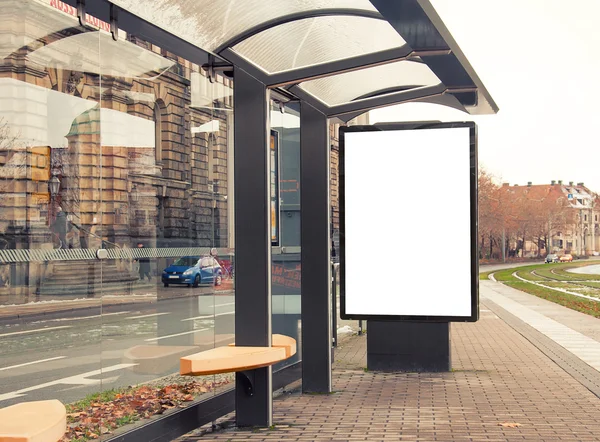
Introduction:
In the realm of modern advertising, Digital Out-of-Home (DOOH) has emerged as a powerful medium, blending the impact of traditional out-of-home (OOH) with the flexibility and dynamism of digital technology. This guide delves deep into what DOOH entails, its evolution, benefits, challenges, successful case studies, future trends, and more.
1. Understanding Digital Out-of-Home (DOOH) Advertising
Digital Out-of-Home (DOOH) advertising involves the use of digital screens to display advertisements and content in public spaces. Unlike traditional static billboards, DOOH allows for dynamic, interactive, and contextually relevant messaging. This section explores:
- Definition and Scope: How DOOH differs from traditional OOH advertising.
- Types of DOOH Formats: Including digital billboards, interactive kiosks, transit displays, and digital signage networks.
- Technological Foundations: Overview of display technologies, connectivity, and content management systems used in DOOH.
2. Key Trends Driving DOOH Growth
The growth of DOOH advertising is fueled by several key trends that leverage advancements in technology and changing consumer behaviors. This section covers:
- Technological Advancements: High-resolution displays, LED technology, and integration with IoT for personalized experiences.
- Data-Driven Targeting: Utilizing audience analytics, geolocation data, and real-time triggers for targeted messaging.
- Integration with Digital Ecosystems: How DOOH interfaces with mobile devices, social media, and online platforms to create omnichannel campaigns.
3. Benefits of DOOH Advertising
DOOH offers distinct advantages over traditional OOH advertising in terms of engagement, flexibility, and measurability. This section details:
- Enhanced Engagement: The impact of dynamic content, interactivity, and sensory experiences on viewer engagement.
- Real-Time Updates: Agility in content delivery, enabling instant updates based on audience behavior or external factors.
- Measurable ROI: Metrics such as impressions, dwell time, interaction rates, and conversion tracking for assessing campaign effectiveness.
4. Successful Case Studies
Examining real-world examples of brands that have successfully leveraged DOOH advertising to achieve their marketing objectives:
- Interactive Campaigns: Case studies on interactive billboards, augmented reality (AR) experiences, and gamification.
- Localized Targeting: Examples of campaigns tailored to specific locations, weather conditions, or cultural events.
- Brand Integration: How global brands like Coca-Cola, Nike, and McDonald's have utilized DOOH to amplify their brand messaging and drive engagement.
5. Challenges and Considerations
Despite its benefits, DOOH advertising presents unique challenges that advertisers must navigate:
- Cost Considerations: Initial investment in technology, installation, and ongoing maintenance costs.
Ad Blocking and Viewer Attention: Strategies to combat ad avoidance and ensure visibility in cluttered environments. - Regulatory and Privacy Concerns: Compliance with local regulations regarding data privacy and content standards in public spaces.
6. The Future of DOOH Advertising
Looking ahead, the future of DOOH advertising is poised for continued innovation and growth:
- Emerging Technologies: AI-driven content optimization, facial recognition, and integration with smart cities and connected vehicles.
- Predictions for Industry Growth: Market forecasts, trends in consumer behavior, and the evolving role of DOOH in the advertising ecosystem.
7. Conclusion
Summarizing the impact and potential of DOOH advertising in modern marketing strategies:
- Strategic Importance: The role of DOOH in complementing digital and traditional media, enhancing brand visibility, and driving customer engagement.
- Recommendations: Practical steps for businesses to leverage DOOH effectively, stay ahead of industry trends, and maximize ROI.
Call to Action
Encouraging businesses to explore DOOH as a strategic investment, integrating innovative technologies and data-driven insights to create compelling, contextually relevant campaigns that resonate with target audiences.
